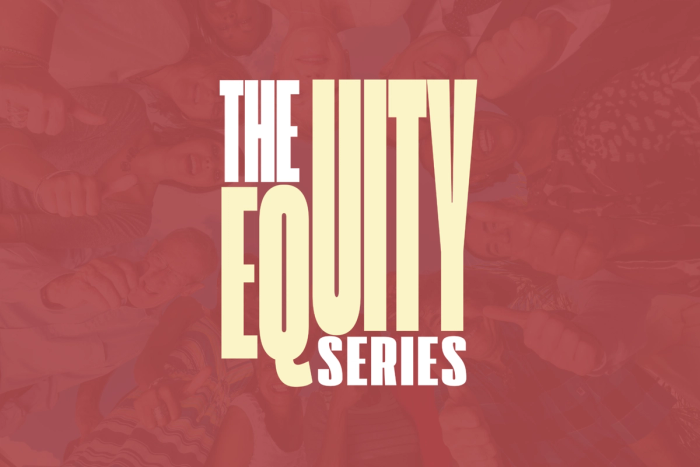The Equity Series
We all share a common goal- ensuring all students have access to what they need to succeed! The Equity Series offers courses that address barriers and provide culturally responsive strategies to support students with complex communication and learning needs. Explore topics like AAC, neurodiversity, literacy, diagnostics, and more to create inclusive, impactful practices.
Browse Courses Below